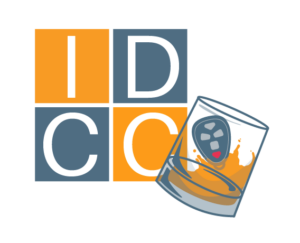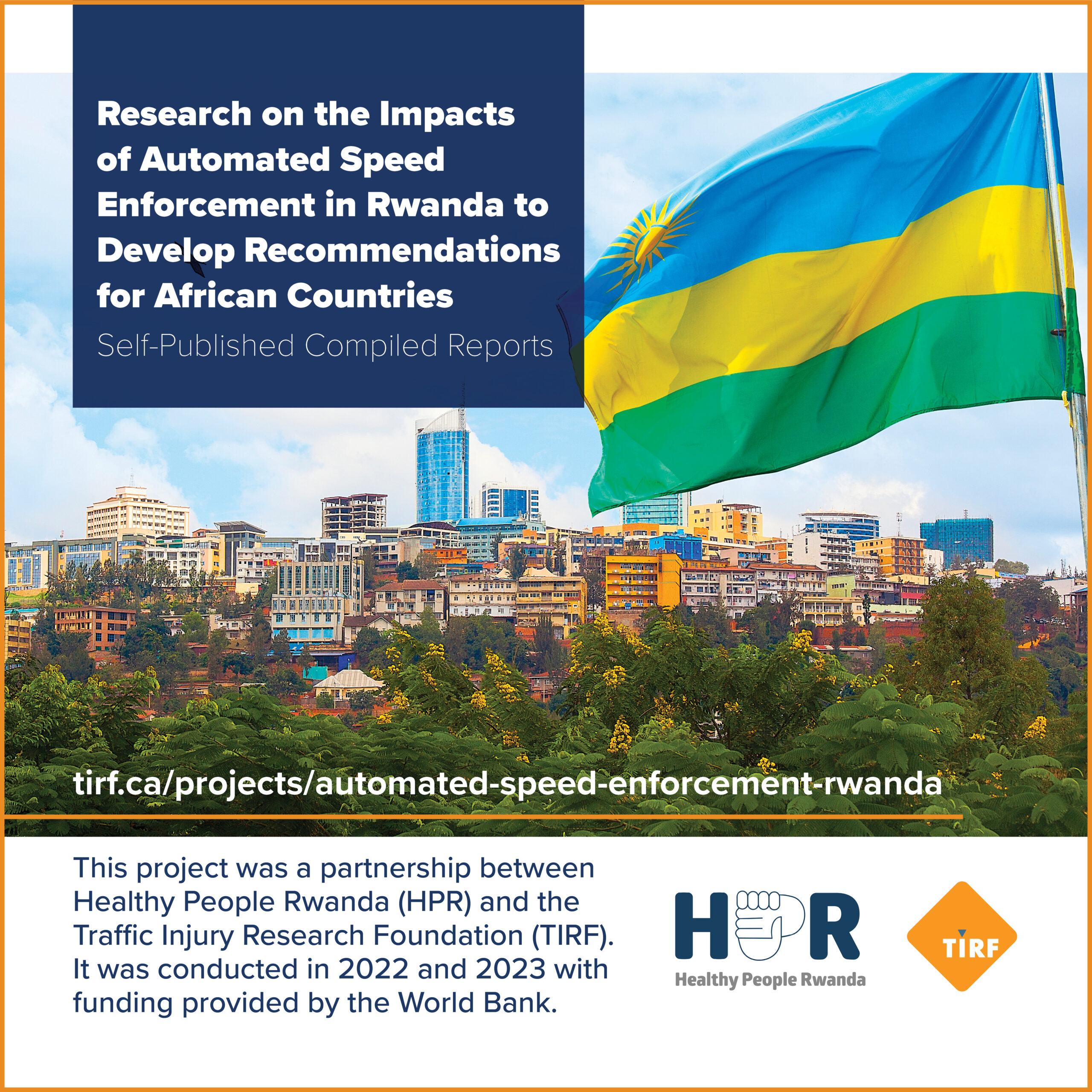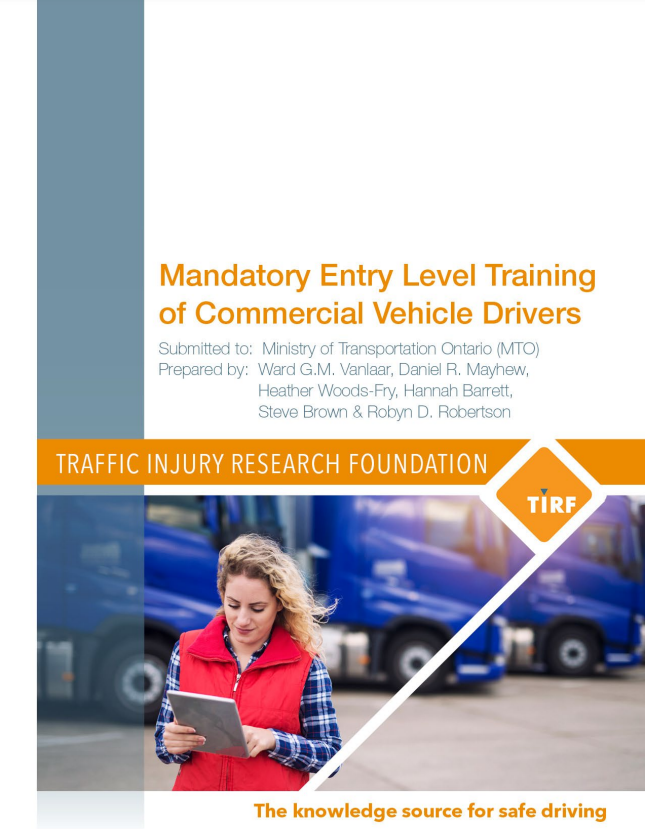The Impaired Driving Coalition of Canada (IDCC) created a National Action Plan with four key areas of focus identified by members during the first two meetings. The final selection of activities included in the Action Plan is the result of a priority-setting exercise which engaged all of the IDCC members. The outcomes of 2023 initiatives were created to empower communities to tackle impaired driving and are available below with additional products posted as completed.
Prevention: Using local data to guide local initiatives.
Education: Helping communities develop customized local educational messaging.
Data: Identifying and compiling current, local sources of impaired driving data to inspire action.
Technology: Exploring the role of technologies in preventing impaired driving.














